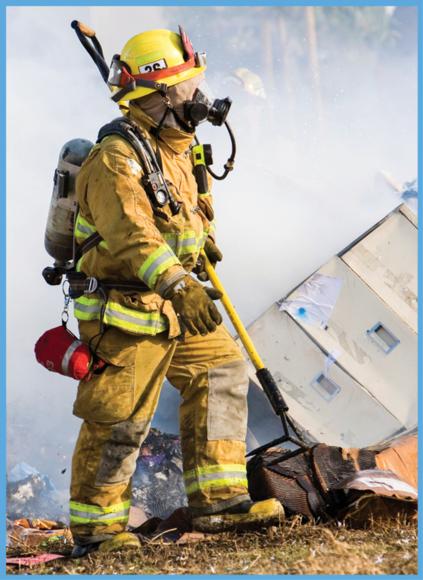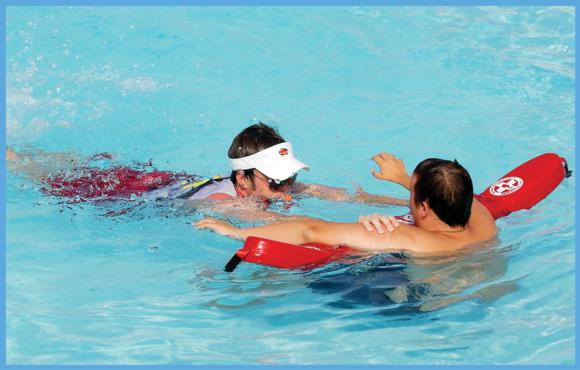Why Should I Do Vigorous Aerobics?
This is an excerpt from Fitness for Life Middle School 2nd Edition With Web Resource by Charles B Corbin,Guy C Le Masurier,Dolly D Lambdin.
Vigorous aerobic activities produce many of the same health and wellness benefits of moderate physical activities. One major benefit you get from vigorous aerobics that you can't get from moderate physical activity is cardiorespiratory endurance. In fact, vigorous aerobics is probably the best method of building good cardiorespiratory endurance. As you learned in chapter 1, cardiorespiratory endurance is the ability to perform exercise of your entire body for long periods of time without getting tired. It requires your heart, lungs, blood vessels, and blood to work efficiently and to supply the body with oxygen (figure 4.5). Some of the benefits of doing regular vigorous aerobics are explained in the following paragraphs.

Figure 4.5 Cardiorespiratory endurance requires fitness of many body systems.
Vigorous Aerobics and Cardiorespiratory Endurance for Sports
Teens interested in playing a sport should be very interested in vigorous aerobics because most sports require good cardiorespiratory endurance, and vigorous aerobics is a good way to get it. Sports such as cross-country running, track and field, skiing, swimming, soccer, and tennis are just a few that require cardiorespiratory endurance. You can't perform your best in sports unless you do activities that build good cardiorespiratory endurance.
Vigorous Aerobics and Cardiorespiratory Endurance for Health
Teens who do moderate physical activity get health benefits such as a reduced risk of developing certain diseases. Teens who also do vigorous aerobics get similar benefits and more! Vigorous aerobics can help you get out of the low fitness zone and into the healthy fitness zone for cardiorespiratory endurance.
Vigorous Aerobics and Cardiorespiratory Endurance for Wellness
Vigorous aerobics and the cardiorespiratory endurance that it produces help you to feel and look your best by burning calories and keeping off body fat. You'll feel your best because you'll be less tired. Best of all, you'll have fun because you'll be participating in activities that you enjoy.
Cardiorespiratory Endurance and Safety
In some special cases, people need to run to get help, shovel sand into sandbags, or even shovel snow for long periods of time. Good cardiorespiratory endurance would help a person to perform activities such as these.
Cardiorespiratory Endurance for Work
Certain jobs require cardiorespiratory endurance. For example, to get a job as a member of a fire or police department, you need good cardiorespiratory endurance. Park rangers, lifeguards, construction workers, ranchers, farmers, fitness instructors, and members of the military all must have good cardiorespiratory endurance. Any job that requires you to work for long periods of time and that causes your heart to beat fast requires good cardiorespiratory endurance.
Fit Fact
Blood Flow During Exercise
When you begin exercising, the blood vessels to your exercising muscles expand, and the blood vessels to your stomach and intestines contract. This increases the blood flow to your working muscles.


Firefighters and lifeguards must have good cardiorespiratory endurance.
© iStockphoto/Tim McCaig
Learn more about Fitness for Life: Middle School, Second Edition.
More Excerpts From Fitness for Life Middle School 2nd Edition With Web ResourceSHOP

Get the latest insights with regular newsletters, plus periodic product information and special insider offers.
JOIN NOW


